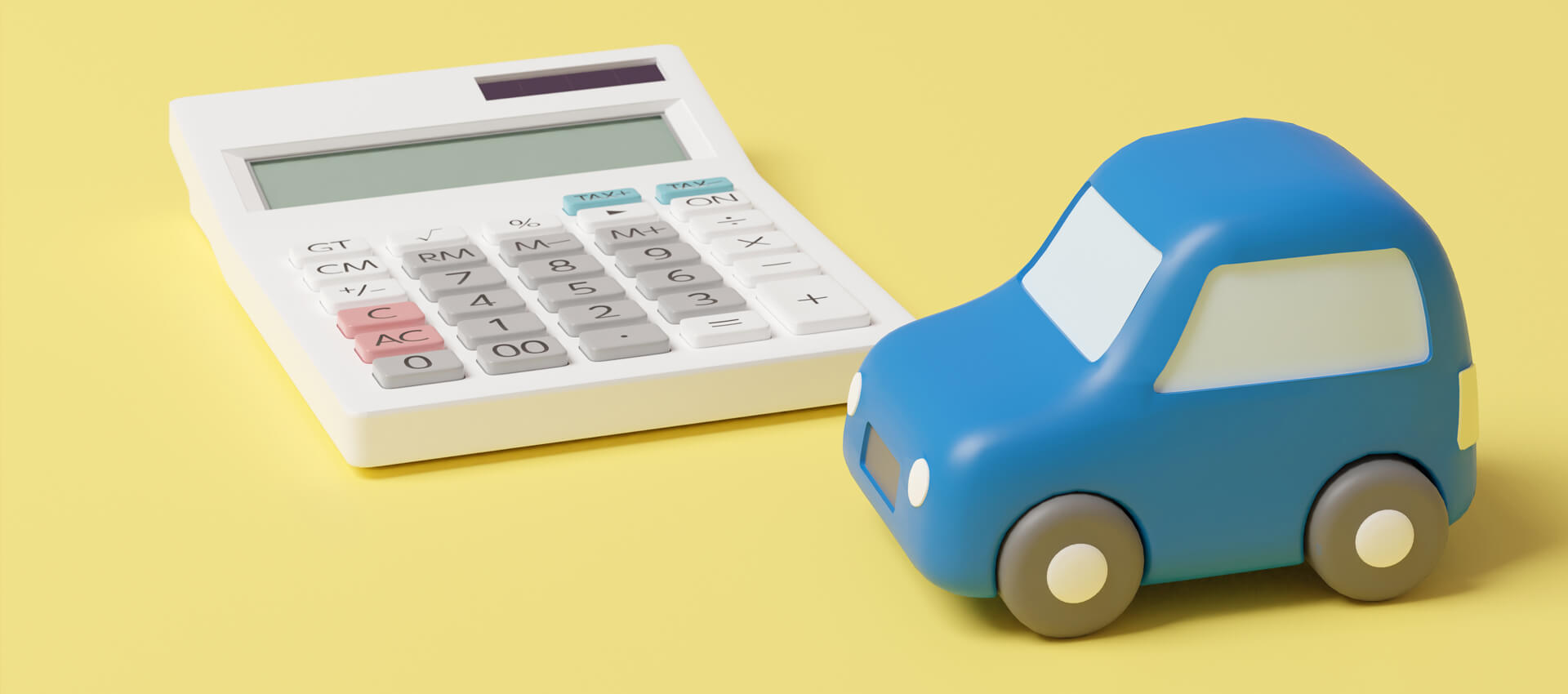How much will it cost to run a car?

Passing your driving test is one of the best feelings in the world. However, If you are among the 48.7% that pass their driving test, the cost to run a car will determine if you are able to stay on the road.
Here is a rough breakdown of the annual cost of running a car minus insurance for popular first-time car models*.
| Fiat 500 | Ford Fiesta | Volkswagen Polo | Vauxhall Corsa | Citroen C1 | |
| Total annual running cost | £1,758/yr | £1,754/yr | £1,966/yr | £1,880/yr | £1,461 |
| Annual fuel cost | £960 | £980 | £998 | £1,035 | £847 |
| Servicing & maintenance costs | £768 | £744 | £853 | £730 | £594 |
| Car tax | £30 | £30 | £115 | £115 | £20 |
To briefly summarise, the cost of running the cheapest car is around £2,922 annually which works out at £234.50 a month… without insurance!
To help soften the blow, we have gathered some top tips for you keep the cost of running a car under control.
Buy an economical car
It’s quite natural to want a set of nice wheels to reflect your new ‘independent’ status, but more often than not, purchasing, insuring and running a flash car is unrealistic. Buying or financing an affordable car will not necessarily give you the image you want, but it will work wonders for your insurance cost.
For example, using quotes from Compare the Market to insure a 2017 BMW 1 Series, it could cost you a whopping £3,969.74 annually! Whereas a 2011 Citroen C1 would cost £991,21 annually.
Complete the Pass Plus course
Pass Plus is an advanced driving course which gives new drivers the chance to improve skills in town and all-weather driving, rural roads, driving at night, driving on dual carriageways and finally, motorway driving. Completion of this course often means new drivers can get cheaper insurance quotes.
For example, Compare the Market quotes £770.93 to insure a Citroen C1 with a pass plus qualification, which is a saving of £220.98.
Install a Telematics box
Selecting an insurance policy which fits a telematic box to your car can really help to bring insurance down and help you monitor your driving. This box monitors speed, cornering, acceleration and braking, which in turn rewards you with a lower premium for good driving. However, these boxes can be restrictive as most come with a curfew and bad driving can result in a premium increase.
Add a relative to your insurance policy
Adding an older relative to your insurance policy tends to bring the cost of your policy down as they are more experienced and assumed ‘safer’. However, it is important that you name the person who will mostly use the car as the ‘named driver’. This is so you don’t get accused of ‘fronting’ which is a type of insurance fraud where a high-risk driver hides behind a more experienced driver on the policy.
The key points to take away from this post is that it’s becoming increasingly difficult to learn to drive with the rising prices of lessons, cars and insurance. But, in order to keep the cost of running a car down you need to ensure you are well prepared, and invest in cost-saving schemes to make it a lot cheaper!
* Costs based on information from the Money Advice Service website
One in five drivers has said they revised the same amount of time for their Theory Test and Practical Driving Test, as they did for A-levels and university exams.
Let us make it easier for you with our top Practical Driving Test Tips to help you smash the big day:
- Get online!
Did you know, according to new research, people in the UK last year spent around 27.18 hours on TikTok per month? So, put that scrolling time to good use!Online platforms such as YouTube and TikTok have become incredibly popular in the world of driving since lockdown. They both provide unlimited content on Theory and Practical Driving Tests, allowing you to revise and practice whenever you like, not just in your lessons.All you have to do is search ‘learning to drive’ and you will see endless instructors doing mock exams, roundabout demonstrations, steering and pedal basics, and so much more.
Check out our TikTok here!
- Keep your eyes ahead and not on what the examiner is doing.
As tempting as it may be to try and sneak a peek at what they’re doing, it could actually do more harm than good.Looking down or away from the road can cause you to lose control of the vehicle, and in turn result in a fault in your test, or in some cases, could end a lot worse than that.Keep your eyes forward, on the road and on your mirrors. Don’t worry about what the examiner is doing.
- Don’t be afraid of the examiner!
Your nerves will most likely be through the roof, and that is normal, but don’t make things worse by being afraid of the other person in the car. They’re only human too!If you misheard, misunderstood or simply have a question about what they’ve told you, ask them to repeat or to help.Believe it or not, examiners do want you to pass and will do what they can to help you!
- Don’t think the worse
If you think you’ve made a mistake, whether it was big or small, do not give up!Overthinking and being too hard on yourself will only make you more stressed. You never know, that mistake could have been just one minor fault.If you quit trying because you assumed you’ve failed could actually make you go on to make a big mistake that costs you your test.
Continue positivity throughout and show the examiner that you are a safe driver.
- Get an app!
What if we told you that our Driving Theory Test 4 in 1 app had a Practical Driving Test feature too? You better believe it…The Learning to Drive subscription offers over six hours of virtual driving lessons, hundreds of step-by-step training videos, driving routines and manoeuvres that you can study before and after your lessons to help cement that information in!To start your three days free trial, click here!
- Practice as a passenger
Being a passenger is the perfect opportunity for you to watch qualified drivers driving.Watch when they change gear, when they check their mirrors, ask them questions, look at road signs and ask what they mean.The more you are surrounding yourself in that environment, the easier it will be to pick things up and apply them in your lessons.
For more Practical Driving Test tips, check out our YouTube and TikTok channels!


